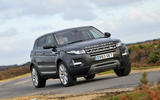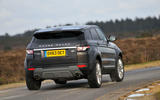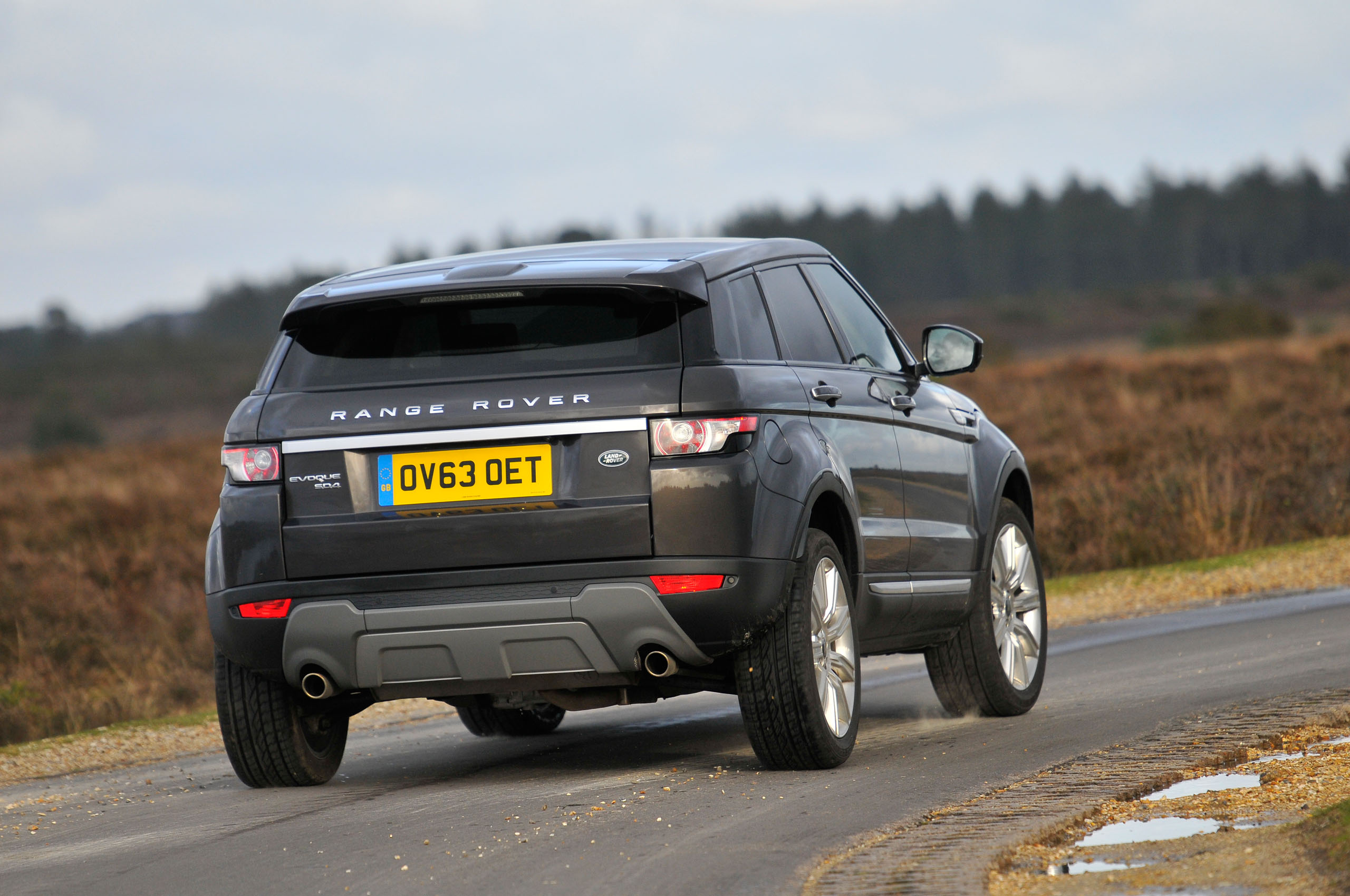Is the Range Rover Evoque reliable?
The Range Rover Evoque does not fare very well when it comes to reliability and is plagued by a number of issues which are listed below. While some of the problems that affect the Evoque can be easily repaired, some issues, particularly those surrounding the engine, can cause terminal damage and be very expensive to fix.
In What Car’s Reliability Survey, the Evoque finished in a disappointing 44th place out of 46 cars in the family SUV category, with an overall score of 73.8%.
JLR has an established network of dealerships in the UK and there are hundreds of independent specialists across the country, which means it is easy to source parts or get your car serviced.
Ultimately, the Evoque isn’t a reliable car and we reckon its worth paying extra for an example with a full service history, either from a reputable specialist or main dealer.
Engine: If your 2.0 Ingenium diesel has a ‘service required’ dash warning and a potent smell of fuel from the engine, it suggests the diesel particulate filter is causing excessive fuel injection during regen cycles. It means diesel finds its way into the engine sump and dilutes the oil, which loses its protective properties and causes severe damage. Changing the engine oil more regularly lessens the chances of this occurring.
Timing chains can stretch, knock out the timing and cause engine damage. Some specialists upgrade the chain; if it hasn’t been replaced or there’s a rattle, walk away. Ingenium diesels’ turbos can fail.
Whining, whistling, a loss of power or an engine management light are symptoms. Budget £1500-£2000 to replace. Difficulty starting or a lack of power could spell issues with the high-pressure fuel pump. It can be fixed but may need to be replaced. Budget £500-£800.
A ‘traction reduced’ message on the dash could mean the Haldex oil pump is blocked. You will need £800-£1000 to replace it.
Gearbox: Take a long test drive up to motorway speeds to feel for languid changes or clunkiness from the six-speed auto ’box.
If the nine-speed ’box thumps when you select drive, it could need a software update. Early nine-speeders can jump back into neutral and refuse to go back into gear.
Turning the car off and on again can resolve it, but it should be checked. A low battery can cause issues with the stop/start system.
Body: Few Evoques head off road, but it’s worth checking the underside, bumpers and wheels for scuffs. The panoramic roof can crack. It’s expensive to replace, so be sure to look out for any damage.
Suspension: Listen out for noises from the suspension and feel for looseness or knocks via the steering wheel.
An owner’s view
Darren Morgan: “I’ve owned my 2015 2.2-litre Dynamic Lux for two years. The Evoque has been my dream car since it was launched, but the cost of ownership is ridiculous.
In the past year, it has cost more than £4000, due to failure of the rear diff, rear camera, 360deg camera module and more. Insurance is expensive too: my policy was £1760 this year. The car itself is fantastic to drive, very comfortable and just at the right height on the road.”
Also worth knowing
Tax costs vary, but the 2.0 diesel eD4 SE incurs only £35 per year. A 2.2-litre diesel with the nine-speed ’box is £255 in comparison.
Several special-edition Evoques were sold in the UK. The Landmark edition celebrated six years of Evoque production, while the extravagant Special Edition got yellow trim and black paint.
There was also the VB model, designed by Victoria Beckham, but only five were sold in the UK.




































